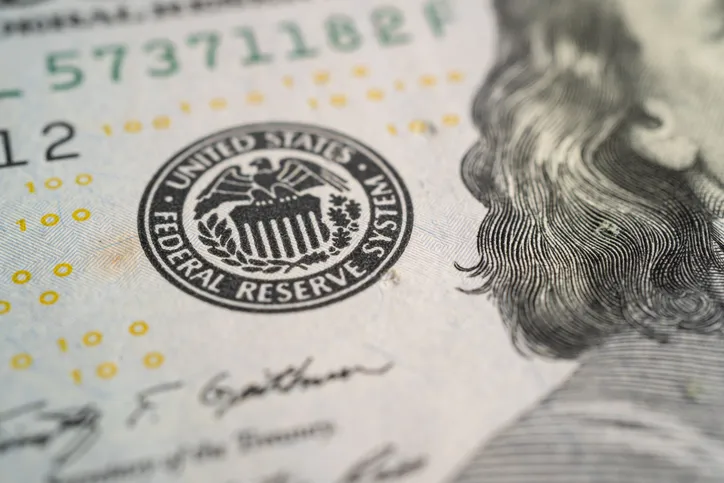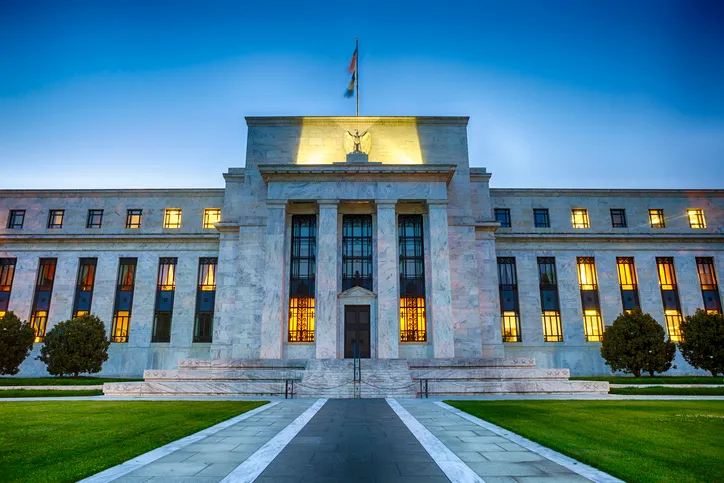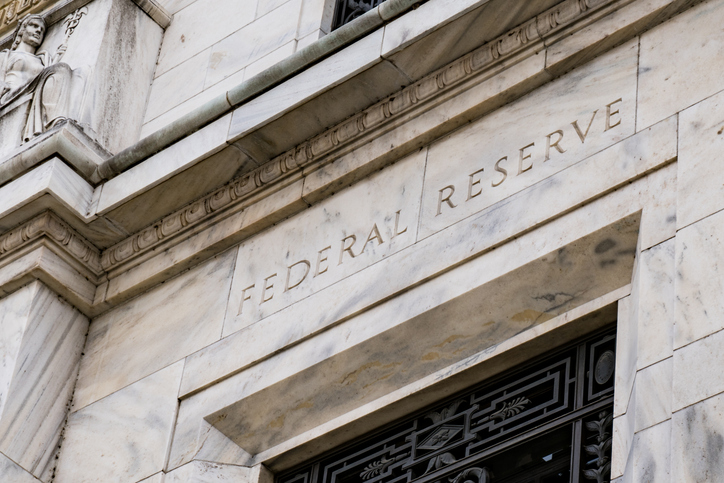The Federal Reserve System can have a powerful effect on our personal finances. Instead of being the type of bank that offers checking accounts, makes auto loans or provides credit cards, the Fed oversees the nation’s monetary supply, sets interest rates, supervises the banking system and performs other important tasks. By working with a financial advisor, you can improve your understanding of economic trends and interest rate fluctuations, and how those changes affect your financial situation and create potential investment opportunities.
The Federal Reserve System Affects Your Finances
While most individuals are unlikely to have any direct contact with the Fed, the system touches our daily lives in many ways. These range from processing checks and electronic payments to researching financial issues that affect consumers.
Congress created the Fed in 1913 in response to a 1907 bank panic with the aim of ending or at least reducing the frequency of similar panics and financial crises that periodically wrought havoc on individuals, businesses and the national economy alike. In pursuit of this and other goals, the Fed has five main functions:
- Monetary policy. This is the Fed’s main role. By managing the supply and demand of money, the Fed can either stimulate the economy or cool it down to manage inflation, unemployment and other benchmarks of economic health. Lowering or raising the interest rate paid to banks for reserves deposited with the Fed is one tool it uses to pursue monetary goals. Changing bank reserve requirements is another.
- Financial institution oversight. The Fed examines the books of individual banks and other financial institutions to make sure they’re operating in an economically sound manner. It also issues rules to keep banks from taking on too much risk and enforces compliance.
- Systemic risk management. In addition to supervising individual banks, after the financial crisis of 2008, the Fed was asked to keep an eye on the bigger picture by monitoring systemwide financial conditions. To that end, it collects and analyzes data on individual and business debt levels, asset valuations and other conditions.
- Financial services. The Fed provides banks with services such as distributing bills and coins, processing paper checks and handling electronic payments.
- Consumer protection. The Fed works to keep banks from exploiting consumers. For example, it requires savings account brochures to disclose service fees, minimum balance requirements, annual percentage yield and other information. It also sponsors research into ways policies affect consumers and communities.
Who Runs the Federal Reserve System?

Rather than being a single bank, the Fed is a system of 12 banks overseen by a central governing board. The group of banks constitutes one of the three main parts of the Fed, with the Board of Governors representing another key part. The final part is the Federal Open Market Committee made up of members of the Board of Governors, as well as representatives of some of the regional banks.
Federal Reserve Banks
Each of the 12 banks serves a distinct region of the country, with each bank taking its name from the city in which it is headquartered. The 12 banks are:
- Boston
- New York
- Philadelphia
- Cleveland
- Richmond
- Atlanta
- Chicago
- St. Louis
- Minneapolis
- Kansas City
- Dallas
- San Francisco
There are also 24 branches dispersed among the regions served by the 12 Federal Reserve banks. This distributed design aims to ensure that communities across the country are considered in monetary policy decisions.
Each Federal Reserve bank is set up as a private corporation with a president appointed by that bank’s board of directors. Directors come from the region served by each bank, again to encourage bank decisions to reflect community concerns.
Board of Governors
The system of private regional banks is overseen by a national Board of Governors that functions as an independent federal government agency. The seven members of this board are nominated by the U.S. president and confirmed by the U.S. Senate, after which they serve 14-year terms that end on dates staggered every two years. Members can only serve one full term each.
The influential chair of the Federal Reserve is also nominated by the president and confirmed by the Senate. The chair serves in the office for four years, after which they may be renominated and, if confirmed, serve again. The current chair, Jerome Powell, was nominated and confirmed for a second four-year term in 2022.
One of the board’s key tasks is setting the discount rate it charges banks for overnight loans. This rate helps determine interest rates for other loans, from mortgages to credit cards. Interest rate policy is driven by economic performance on key indicators such as inflation and unemployment. This is one of the Fed’s most well-known activities, and financial markets sometimes strongly react to Fed moves on interest rates, or expectations of Fed moves on interest rates.
U.S. presidents have sometimes been unhappy with policy decisions by chairs and governors. However, the Fed was set up to be independent and, under the law, these officials can only be replaced for cause. To date, no president has attempted to fire a Fed chair or governor or force them to resign.
Federal Open Market Committee
The third arm of the Fed is the Federal Open Market Committee (FOMC). This is a 12-person group consisting of the seven members of the Fed Board of Governors, as well as the presidents of five of the 12 regional banks, who serve on a rotating basis.
The FOMC meets eight times a year to hear reports on the monetary environment, after which its members craft and vote on a monetary policy. The policy typically seeks to encourage more economic activity or to discourage it by controlling the money supply. The FOMC implements this policy by buying and selling securities in an effort to influence the federal funds rate that banks charge each other for overnight loans. Along with setting the discount rate and changing bank reserve requirements, this is one of the ways the Fed directs interest rates.
Bottom Line

The Federal Reserve System is a network of 12 regional banks overseen by a national board of governors. Its chief goal is avoiding financial crises caused by bank panics and failures. One of the Fed’s responsibilities is regulating the U.S. monetary supply in order to manage economic activity. It does this by setting and implementing monetary policy, notably by influencing interest rates. It also supervises banks to ensure financial institutions avoid taking on too much risk while also complying with consumer protection standards.
Financial Management Tips
- A financial advisor can help you understand how the Fed’s decisions may affect your specific financial situation and goals. Finding a financial advisor doesn’t have to be hard. SmartAsset’s free tool matches you with up to three financial advisors in your area, and you can interview your advisor matches at no cost to decide which one is right for you. If you’re ready to find an advisor who can help you achieve your financial goals, get started now.
- Use SmartAsset’s asset allocation calculator to help you appropriately balance risk and reward in your own investment portfolio.
Photo credit: ©iStock.com/pabradyphoto, ©iStock.com/sasirin pamai, ©iStock.com/traveler1116
